Intermediates
Gallantry and accessories
Blog Piekiełka
Bedouin Hirz Amulets
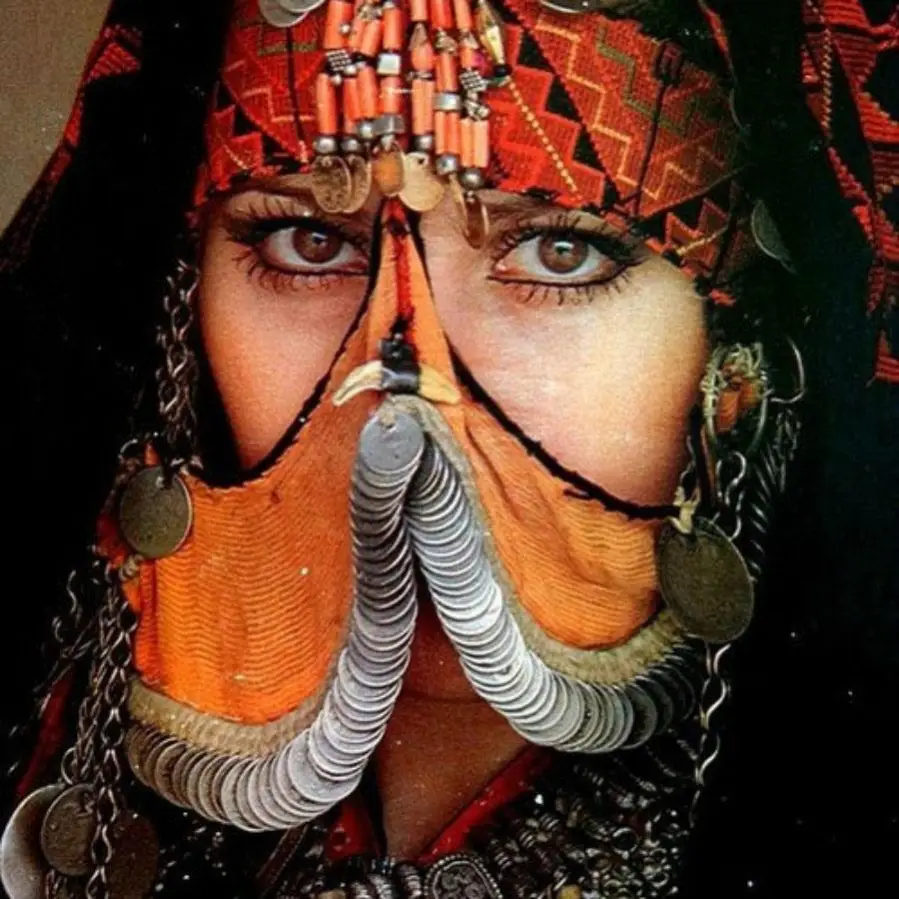
The Hirz amulet is a protective amulet suspended on a string of stones. It used to be worn by Bedouin women of the Middle East - especially in Oman and Yemen. Such amulets used to contain an additional small scroll with verses from the Quran or Torah - depending on the religion. Allegedly, mercury was also poured inside to protect the owner from evil spirits! What else is worth knowing about this mysterious Bedouin amulet?
What is the Hirz amulet?
The Hirz amulet is a necklace created from several pieces of Bedouin silver (that is, a metal alloy doped with silver), as well as small stones in the form of distinctive balls. Historically, the Hirz was one of the main elements of a much larger necklace, and was most likely part of the ornamentation or even the dowry of an Armenian (or Yemeni) bride. Such a necklace contained the properties of traditional amulets, worn for protective purposes. In Hirz, the main part was a silver box, containing verses from the Quran or Torah. There is also a legend as to how harmful mercury used to be infused into the necklace to provide the wearer of the amulet with protection from hostile jinn! Expensive necklaces such as the Hirz was, were usually worn for special occasions (such as those associated with various Arab holidays).
Origin of the Hirz amulet
Oman and Yemen have always been known as the center of the goldsmith's craft - especially Oman. Silver has always been worked there from imported consumables. Sometimes old silver was also remelted to produce brand new pieces from it. Gold was rarely used - and if it was, it was mainly for decorating ethnic silver jewelry. It was in Oman, supposedly (the northern or central part of the country), that the first Hirz was found around 1950.
The necklace was initially created as a large, truly unique ornament. The amulet with the mysterious box used to be strung on a thickly twisted rope of cotton threads, with silver beads in the shape of "barrels" added to it. The envelope with Quranic verses was always densely decorated on the front and embossed with patterns of circles, raised dots, diamond shapes, and incised floral motifs, which were then highlighted with a delicate gold leaf. Both sides of the necklace were to be symmetrically designed - usually with seven barrel-shaped silver beads. So, on the one hand, the talisman gives the impression of a rich, oriental ornament - but on the other hand it is quite... minimalist.
Hirz as a form of protection
The Hirz amulet was an item worn by ancient tribes, mainly as a form of protection. It is believed that it protected against all danger, as well as harm and curses. It was often combined with beads or worn on a simple chain - in the form of ethnic jewelry. Hirz was worn commonly in Oman by both adult women, but also... children. Interestingly, the jewelry had to buzz and make a little noise when moving to chase away all sorts of evil spirits!
Reportedly, not all amulets contained verses from the Quran - these were treated with special anointing, treating jewelry with verses of the "holy book" as additional protection. The oldest Bedouin Hirz amulets can be seen today in The British Museum in London, among other places.
Ethnic Jewelry
-

Large Silver Ring with Natural Amethyst
560,00505,40 -
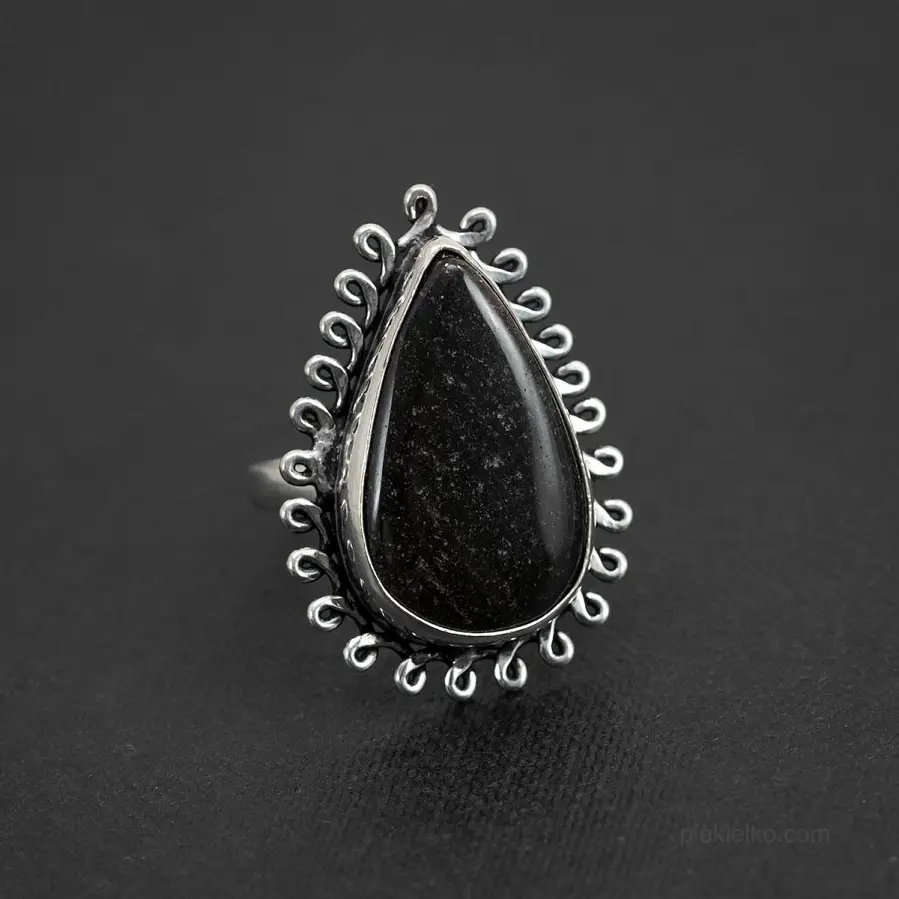
Ring with black jasper
168,0095,76 -
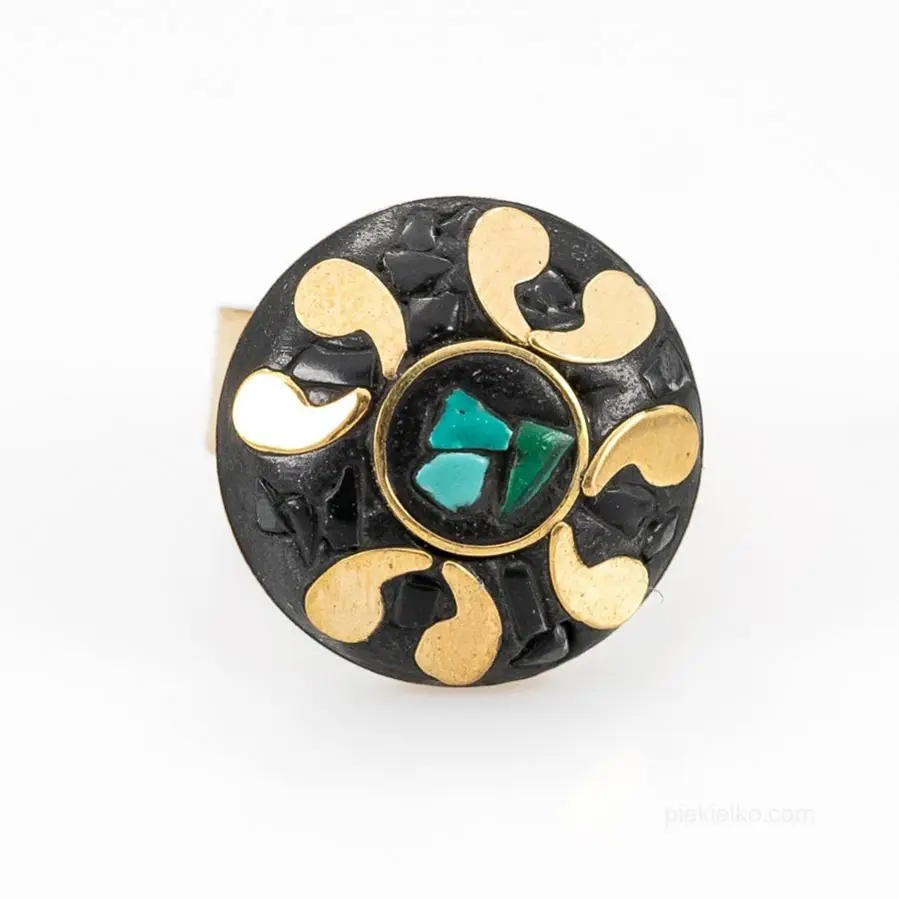
Nepalese ring
64,0060,80 -

Ring with black opal
500,00451,25 -
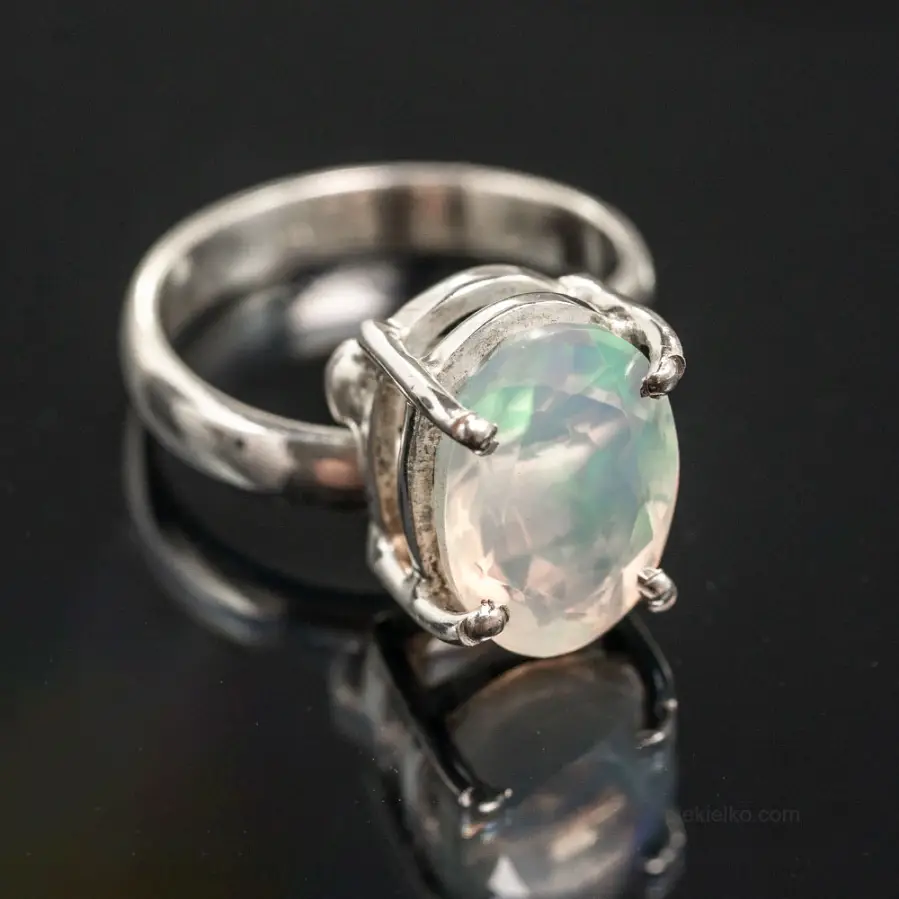
Opal magic - A ring that will enchant
530,00478,33 -
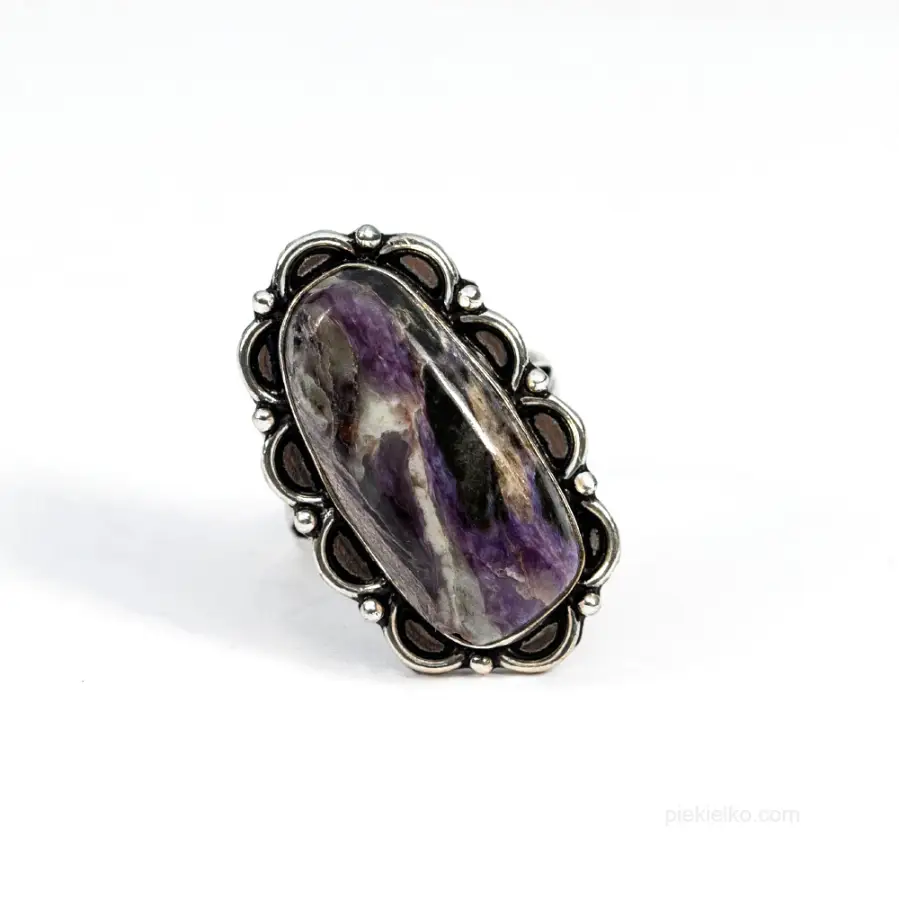
Silver-plated Ring with Charoite in a Lace Setting
190,00180,50 -

Golden fiery labradorite
180,00102,60 -
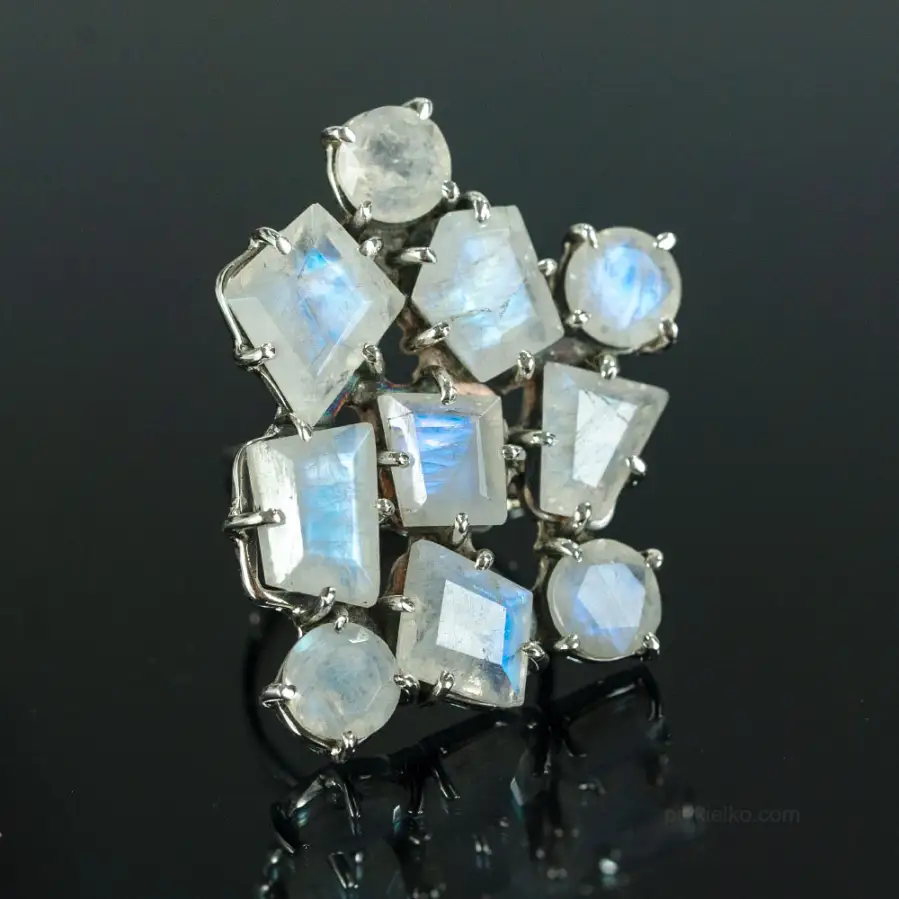
Lunar Magic Glow
530,00478,33 -

Silver power ring with amethyst
480,00433,20 -
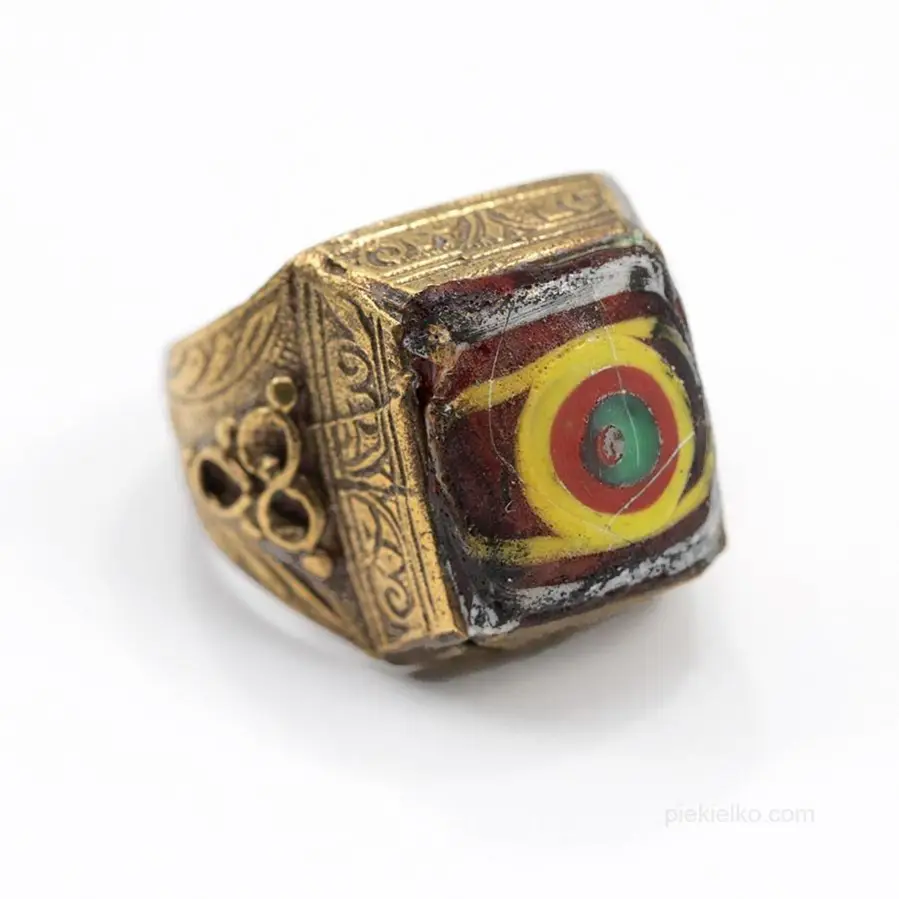
Gabri glass brass ring
98,0093,10 -

Moonstone rosette ring
290,00261,73 -
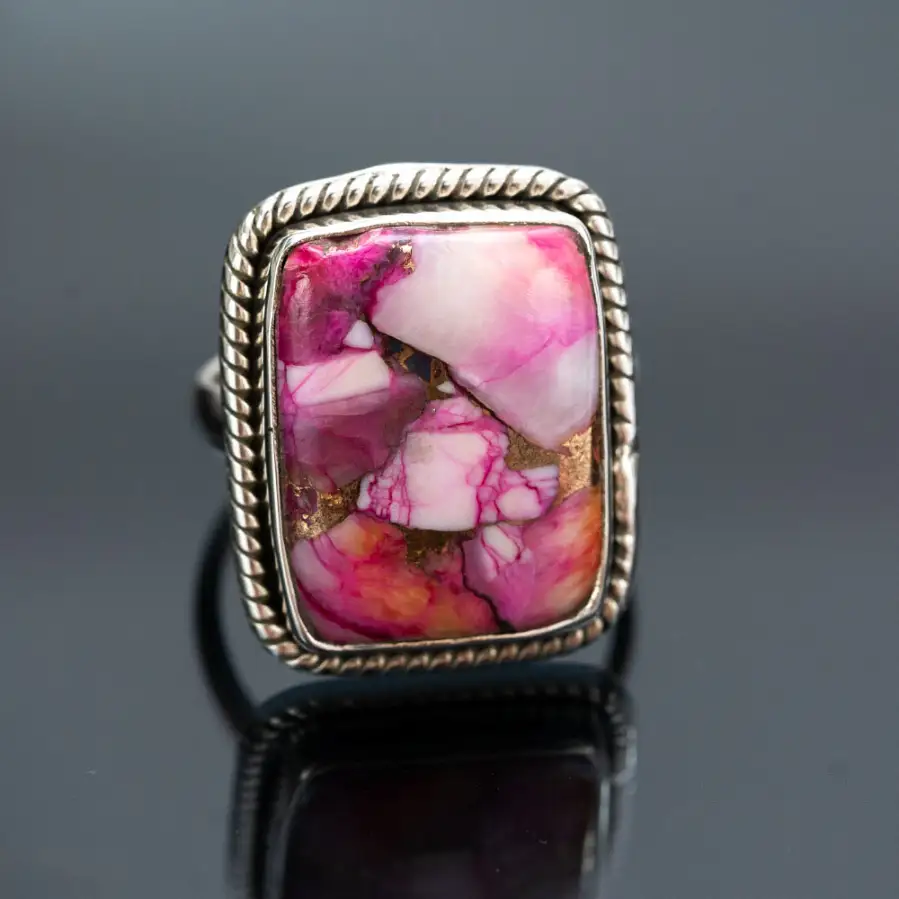
Silver adjustable ring with pink turquoise oyster
365,00329,41 -
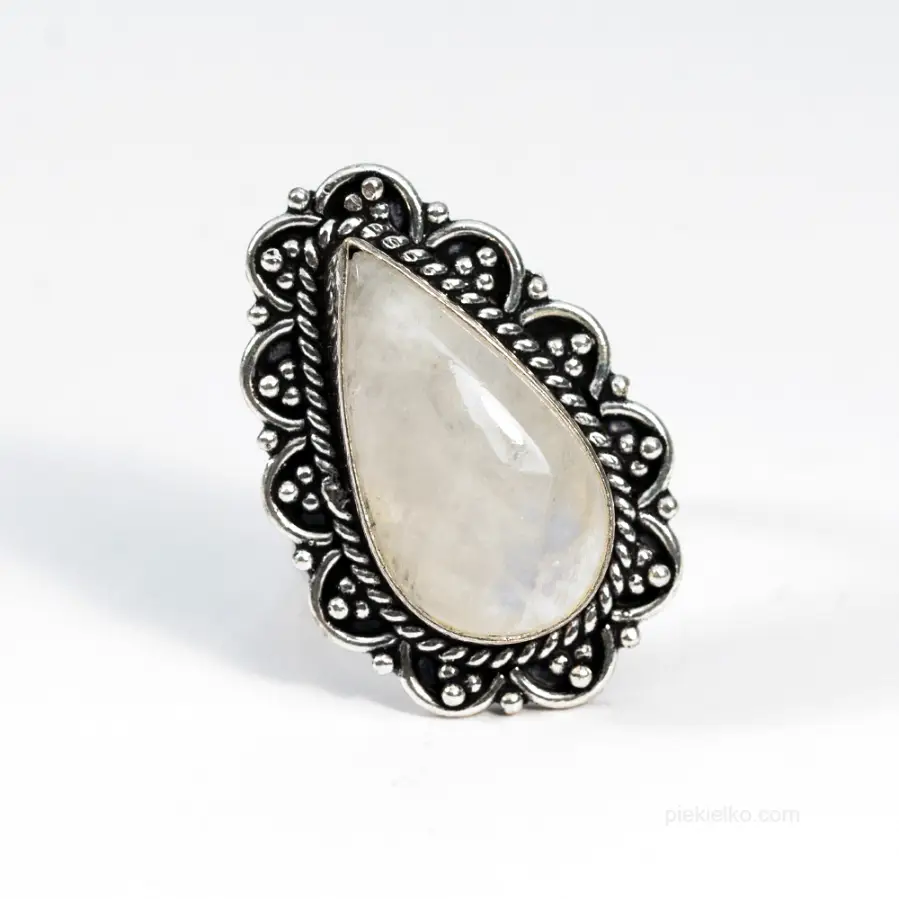
Elegant large ring with moonstone
185,00175,75 -
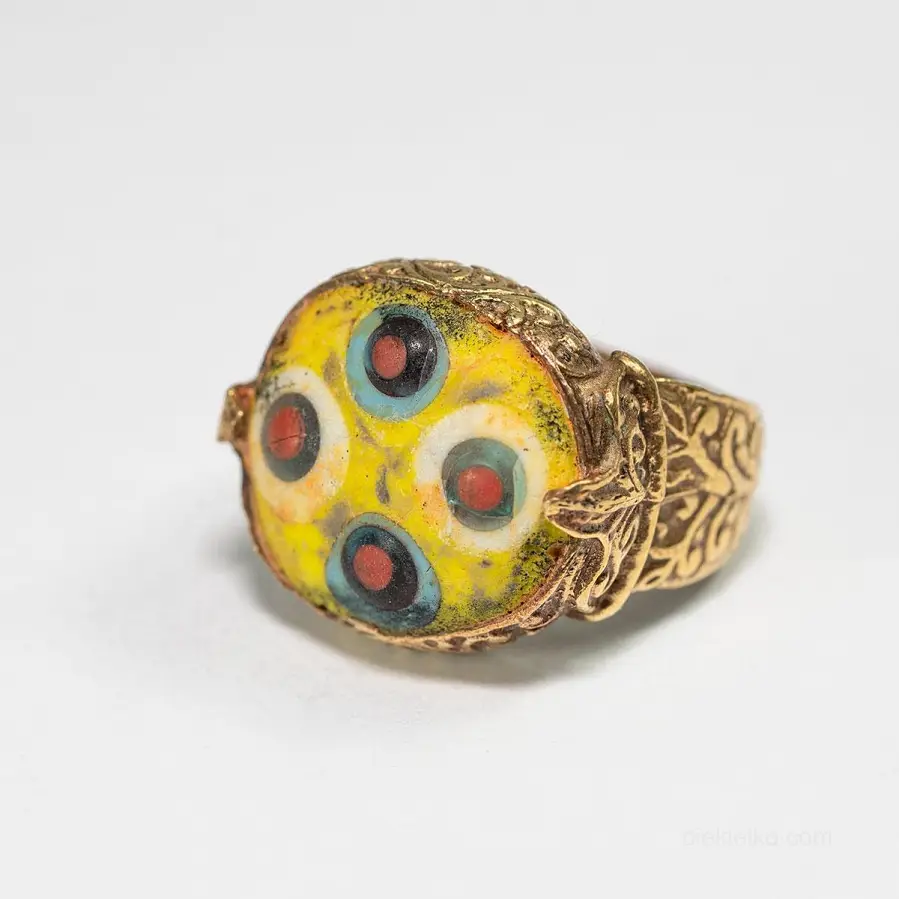
Signet ring with a gabri glass eye
98,0093,10 -
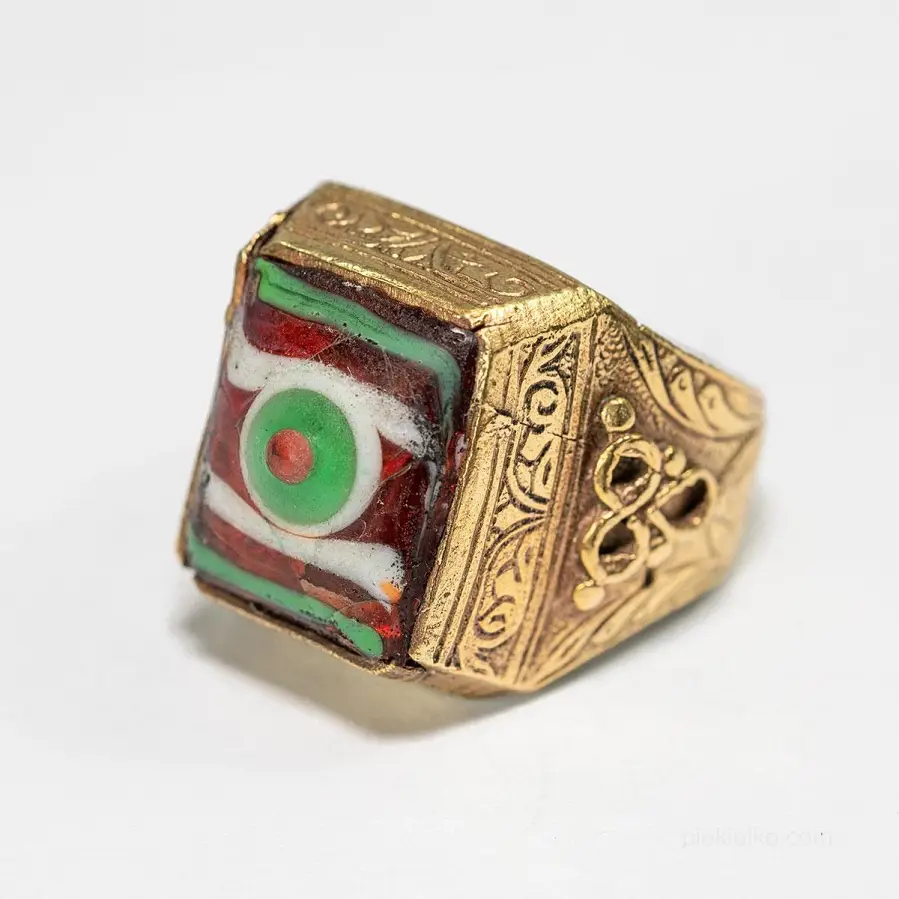
Pakistani gabri ring
98,0093,10 -
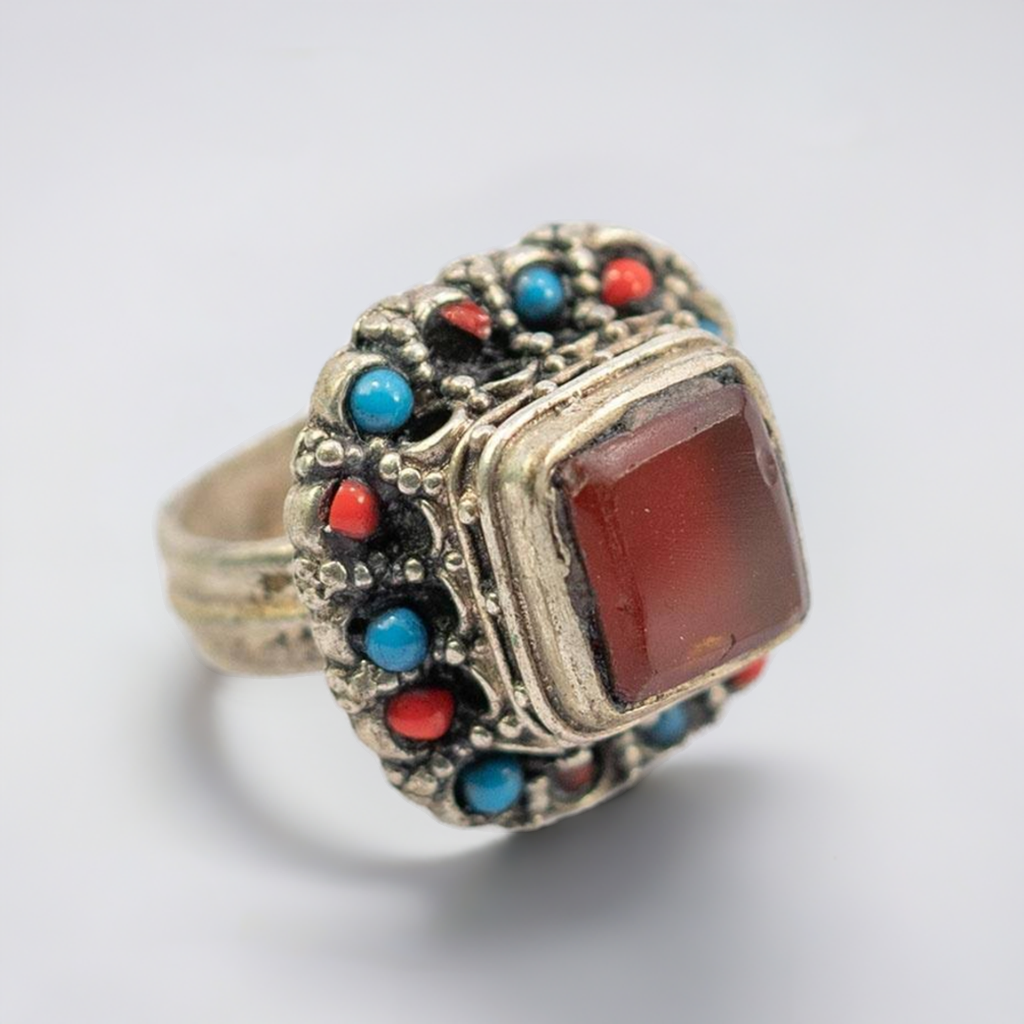
Afghan ring
54,0030,78 -

Adjustable ring with turquoise and copper vein
370,00333,93 -
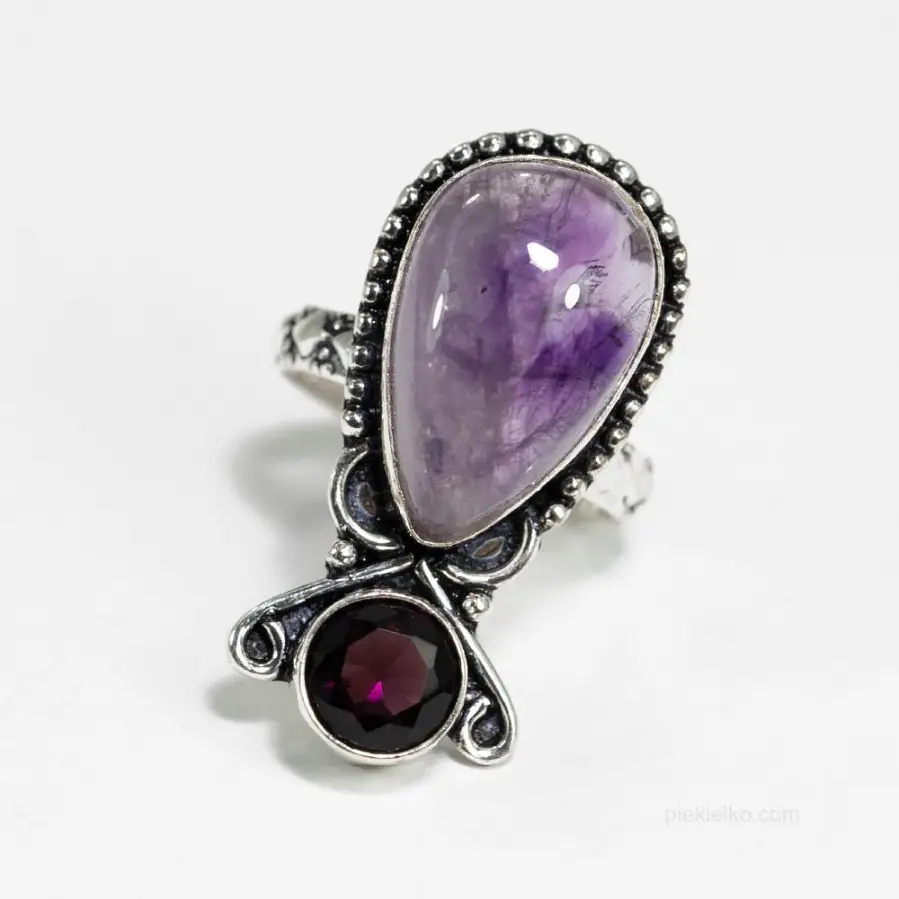
Amethyst gemstone handmade ring
199,00189,05 -
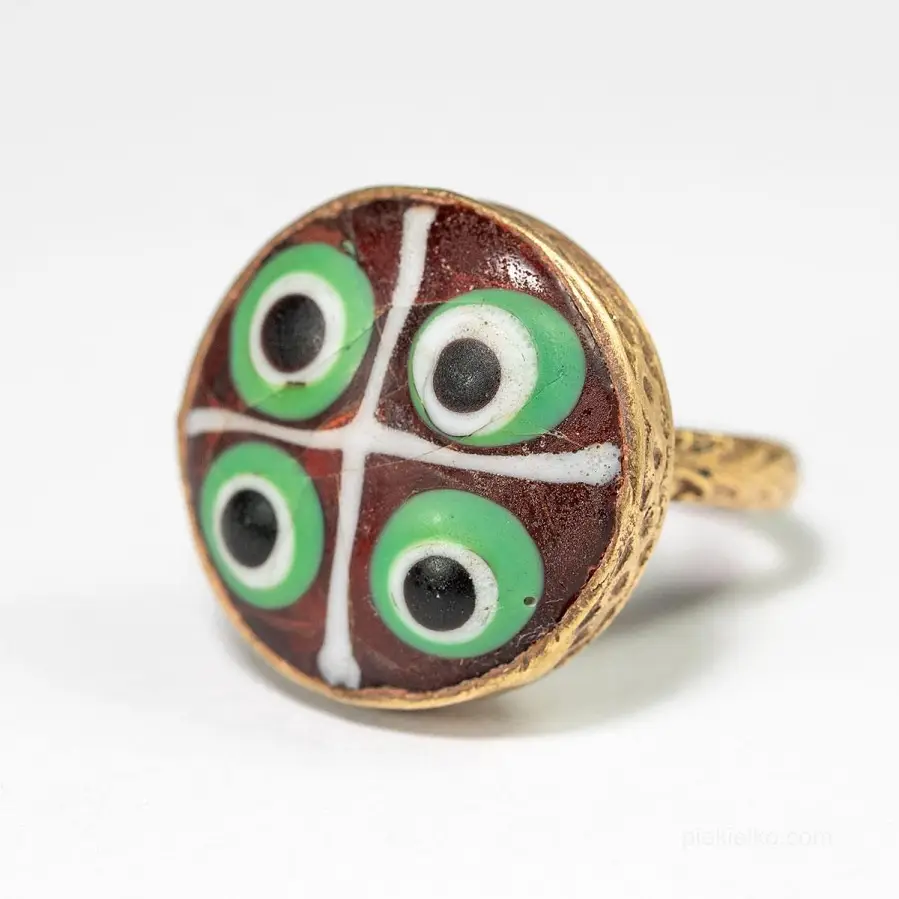
Ring with colored glass
98,0093,10 -
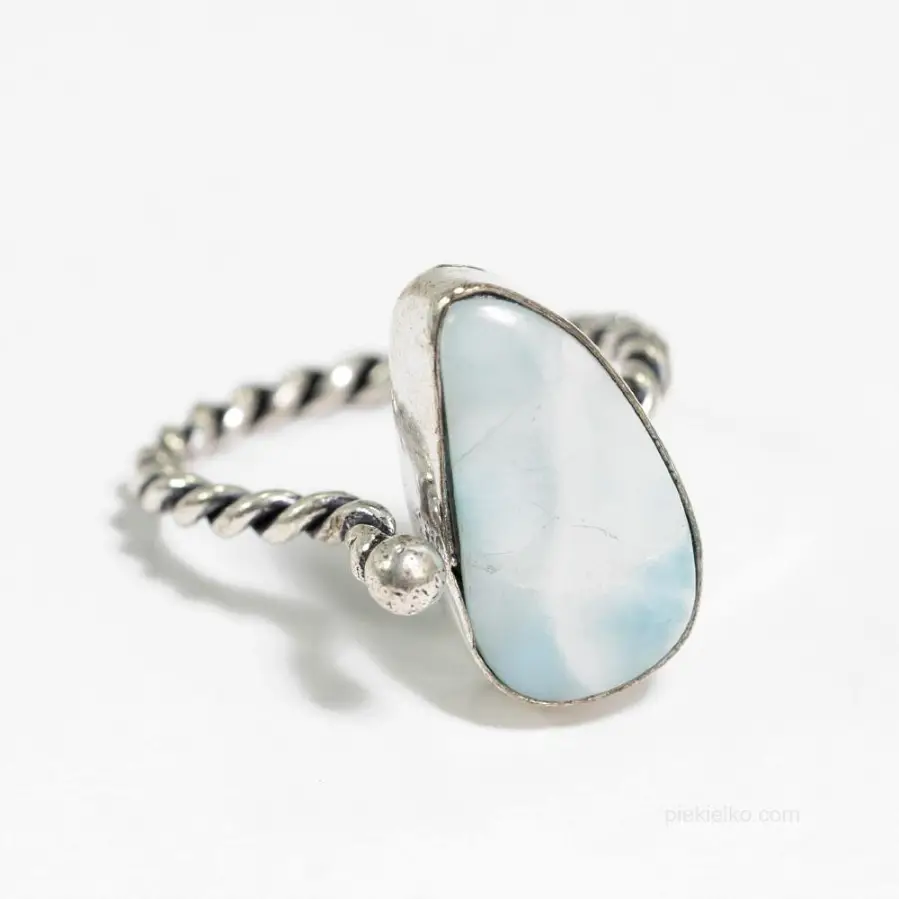
Adjustable larimar ring Dominican Republic
195,00185,25



© Piekielko.com

